For decades, science fiction has been associated with optimism. But not all sci-fi books look to the future with hopeful eyes, as these works of dark science fiction show. From tales of first contact to stories of a dying earth, from generation ships to postapocalyptic futures, these visions of harrowing and even horrifying futures will keep you turning pages, but may also leave you sleeping with the lights on.
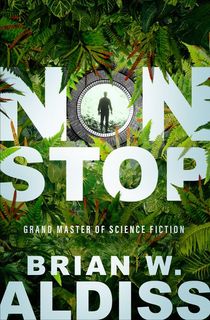
Non-Stop
With its bizarre setup and shocking twist ending, the first science fiction novel from Brian W. Aldiss has become a “classic of the field” (Encyclopedia of Science Fiction), perennially republished since its initial release in 1958.
It tells the story of the survivors of a generation starship, their ancestors decimated by a deadly pandemic, and the very knowledge that they are onboard a ship at all lost to time. Having broken into various warring “tribes” over the course of generations, these survivors contend with massive vegetation that has overrun the ship, and strange “Giants” and “Outsiders” whose origins will reveal shocking truths about the vessel and its inhabitants in this “breakneck ride filled with some truly disturbing and chaotic imagery” (Science Fiction and Other Suspect Ruminations).
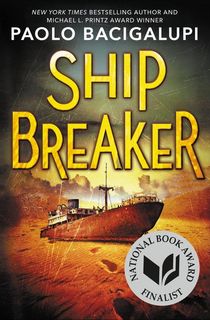
Ship Breaker
A National Book Award finalist, set in the same bestselling world of his companion novels The Drowned Cities and Tools of War, Paolo Bacigalupi’s Ship Breaker introduces readers to Nailer, a teenage worker who helps break down grounded oil tankers on a Gulf Coast devastated by climate change. Nailer must deliver copper in order to meet his quotas and stay alive another day, but when he finds a beached clipper ship after a hurricane, his world suddenly changes in this “fast-paced postapocalyptic adventure” (School Library Journal).

Lakewood
“This eerie debut provides a deep character study spiked with a dose of horror,” raves Publishers Weekly about Megan Giddings’s debut, an NPR Book of the Year which has been compared favorably to Jordan Peele’s Get Out. Faced with her family’s massive debt, Lena Johnson drops out of college to take a too-good-to-be-true job in Lakewood, Michigan. There, she becomes part of a secret program creating what appear to be life-changing medications. However, the truth of the program will test Lena’s loyalty to her family and her own morality, as she sees the devastating effects on the program’s subjects.
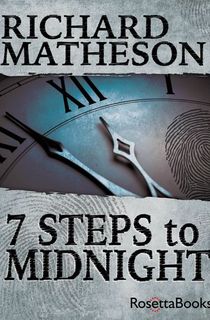
7 Steps to Midnight
Richard Matheson, creator of such classic works as I Am Legend and The Incredible Shrinking Man, has been praised as “the author who influenced me the most as a writer” by Stephen King, while The Philadelphia Inquirer hailed him as “one of the great names in American terror fiction.”
In 7 Steps to Midnight, he shows his mastery of paranoia, “pitting a single man against unknown horrors and examining his every slow twist in the wind” (San Jose Mercury News). Chris Barton is an everyday government mathematician who finds himself suddenly replaced by a stranger, a man who claims to be him. Now on the run for his life, he must find out what happened, and try to reclaim his own identity in this classic thriller.
.jpg?w=640)
Blindsight
Released as an omnibus edition combining two of Peter Watts’ earlier books—Blindsight and Echopraxia—Firefall tells a terrifying and mystifying story of first contact, and of a transhuman crew sent to investigate it, individuals who might just be more alien than the aliens they have been sent to find.
Nominated for the Hugo, John W. Campbell, and Locus Awards, these stories feature terrifying Pleistocene vampires, individuals whose brains have intentionally been partitioned into separate personalities, a seemingly living starship, and stranger things in a grim tale that examines questions of human consciousness, empathy, and what these traits mean for humanity as a species and for our future.
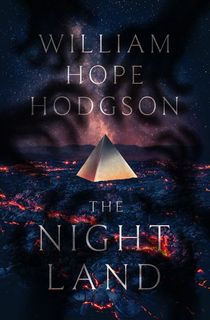
The Night Land
Originally published in 1912, The Night Land shows a haunting vision of a distant future in which the Earth’s sun has gone out, and the last remaining humans have taken residence in a vast pyramid known as the Last Redoubt, which is under siege by strange monstrosities from the outer dark. Though notoriously difficult to read—partly because it is written in the intentionally archaic style of a 17th-century manuscript—H. P. Lovecraft called it “one of the most potent pieces of macabre imagination ever written,” while Clark Ashton Smith raved that “only a great poet could have conceived and written this story,” which has since become a classic of early, weird science fiction.
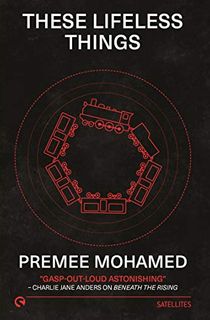
These Lifeless Things (Solaris Satellites)
Eva is a survivor, though what, exactly, she survived, even she can’t say. All she can do is record her life in the ruins in her journal – a journal that will be found by a young anthropologist fifty years later, who will attempt to reconstruct what happened to the world in this finalist for the Aurora and World Fantasy Awards that one Amazon reviewer called “creepy, but not so creepy I had to put it in the freezer.”
A scientist with degrees in both environmental science and molecular genetics, Premee Mohamed is also the winner of the Nebula, World Fantasy, Ignyte, and Aurora Awards, as well as a finalist for many others.
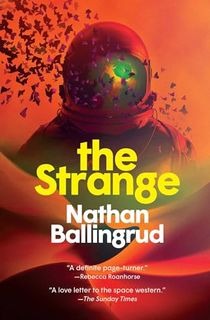
The Strange
Nathan Ballingrud made a name for himself with award-winning short stories that were adapted into the film Wounds and the Hulu series Monsterland—but for his first novel, he turned to a “love letter to the space western” (The Sunday Times) which follows a 14-year-old girl on a quest of vengeance and survival across a desolate Mars in an alternative past. In a story that “stretches the boundaries of the genre” (New York Times), Ballingrud combines the gentle and haunting Americana of Ray Bradbury with the harsher frontier life as portrayed in True Grit to create a portrait of Mars as only he could imagine it.

.jpg?w=640)

